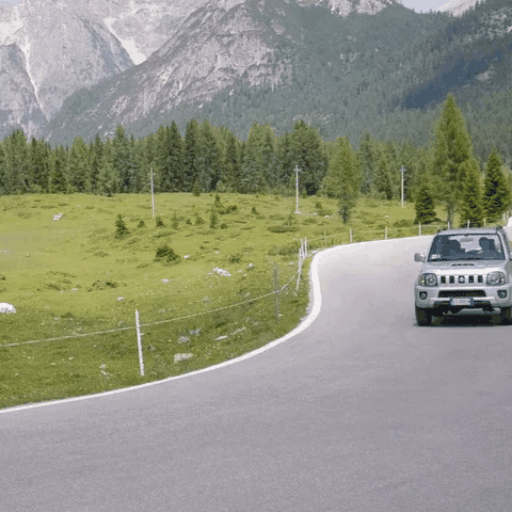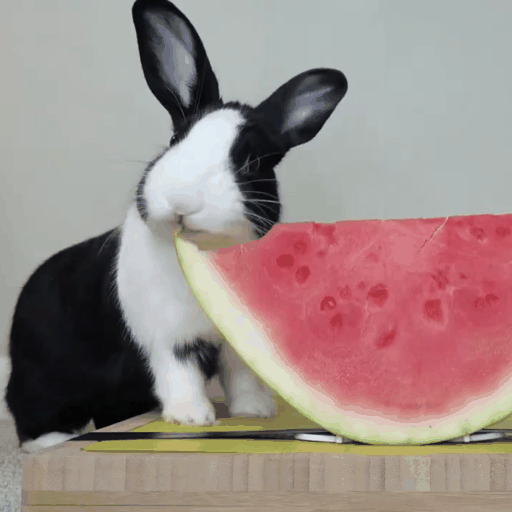the purpose of fine-tuning is to improve video consistency. simply applying cross-frame attention can result in poor temporal consistency (e.g., missing frames), as shown in the comparison below.
| Input Video | w/o finetuning | Tune-A-Video | |
 |
 |
 |
|
| "A jeep car is moving on the road" | "A jeep car is moving on the beach" | ||
 |
 |
 |
|
| "A rabbit is eating a watermelon on the table" | "A cat with sunglasses is eating a watermelon on the beach" | ||
Hi, thanks for your great work! I'm confused about that if it's required to fine-tune the model for each input model. What is the purpose of fine-tuning? Is it not enough to simply conduct cross-attention among current frames and previous to keep the consistency?